"How good is his camera?" Is one of the most important questions we ask ourselves before buying a new smartphone. In fact, we've almost reached the point where you can leave your old camera at home if you have your phone in your pocket. But what exactly makes it possible to say that the camera is good? Of course, not only the large number of megapixels. More importantly, there is a wide shutter (about f / 1.8) and an image stabilizer, it does not matter if it is optical or electronic (OIS or EIS)..
We have listed all this information below so you can make the right decision. But you should still read other reviews and look at comparison photos to understand the difference in quality. If you cannot afford any of the phones we have listed, then take a look at their previous models.
Huawei Mate 20 Pro
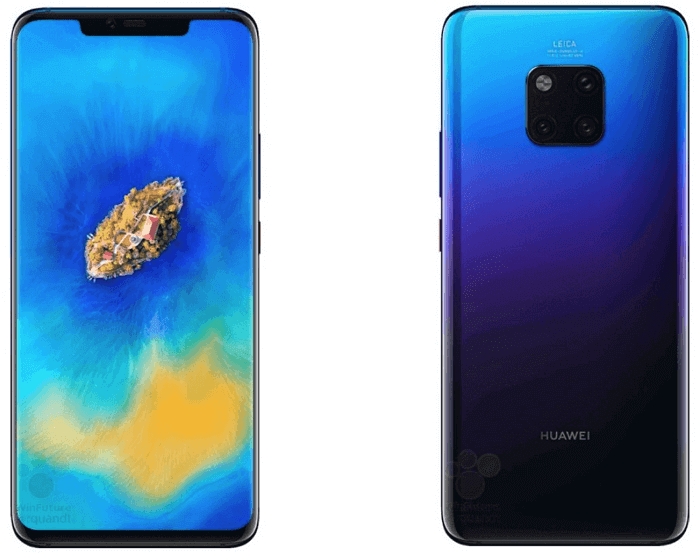
The Huawei Mate 20 Pro boasts three lenses from the renowned German brand Leica on the back - a 40MP f / 1.8 lens, an ultra-wide 20MP f / 2.2 lens and an 8MP f / 2.4 telephoto lens..
The smartphone is capable of shooting with a maximum sensitivity of ISO 102,400. The pictures taken during the day are excellent, and at night they turn out just as well. A special night mode opens the aperture for a few seconds to get more light, and artificial intelligence recognizes each scene and selects the ideal settings for it, removing any blur or jitter. The Mate 20 Pro outperforms most other smartphones in low light, especially in long exposure night mode.
Huawei's new Kirin 980 AI chip with dual NPU enables real-time cinematic filters to be applied when shooting video. There's also support for super-slow-motion video, which takes 960fps at 720p, and a new Super Macro mode for extreme close-ups..
There is also a 6.4-inch AMOLED display, a large 4,200mAh battery, 6GB of RAM and 128GB of internal storage.
Google Pixel 3
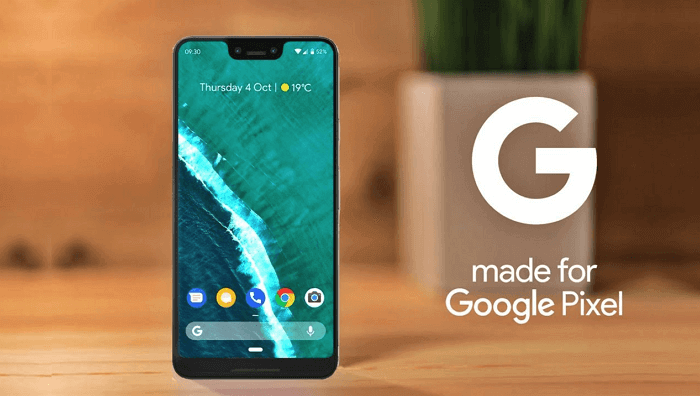
The front camera connects two 8MP lenses, one with f / 1.8 aperture, and a wide-angle lens with f / 2.2 aperture - selfie fans will love the results! The rear camera has a 12.2 megapixel sensor with f / 1.8, 28mm aperture. lens, 1.4μm pixel size, OIS and dual-pixel PDAF (phase-detection autofocus).
The Pixel 2 had one of the best cameras on smartphones last year, and the Pixel 3 is upping the ante, not with hardware improvements, but with Google's expertise in artificial intelligence. The new Top Shot tool offers the best photography from a variety of exposures. Super Res Zoom compensates for the lack of optical zoom by combining multiple frames to fill in missing details while magnifying. Night Sight provides a less grainy digital zoom, improved low-light performance and perfect shot selection. The automatic settings are great, but if you want, you can manually adjust the exposure, focus, white balance.
The Pixel 3 focuses at lightning speed and delivers crisp photos. The updated software and wide aperture have resulted in improved low-light photography. With the help of a special Google Pixel Visual Core chip and machine learning, the phone understands how the photo should look.
iPhone XS
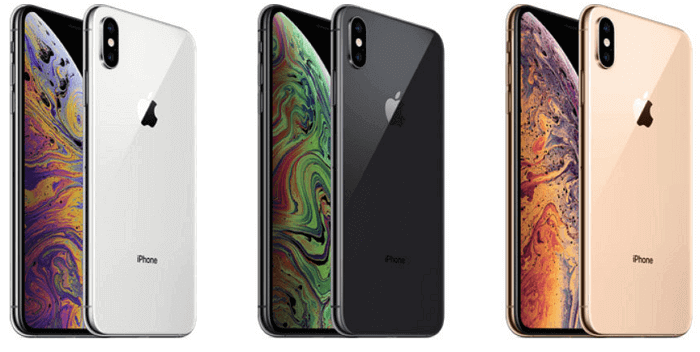
The reality is that if you want the best camera on your iPhone, then you have to spend money on a damn expensive iPhone XS. It has a main camera with two 12 megapixel lenses with f / 1.8 and f / 2.4 apertures, respectively. This enables 2x optical zoom without loss of quality. There is also optical image stabilization (OIS), autofocus and HDR support. Video recording is available in 4K at 60 frames per second or Full HD at 240 FPS.
Apple in its latest iPhone has added a sensor that receives up to 50 percent more light than the tenth model. As a result, photos in low light are better quality and less grainy. And the new depth control function allows you to adjust the sharpness after shooting. The color reproduction is simply excellent. Thanks to Smart HDR, which combines multiple frames and removes noise, bright lights no longer appear overexposed.
Samsung Galaxy S10 Plus
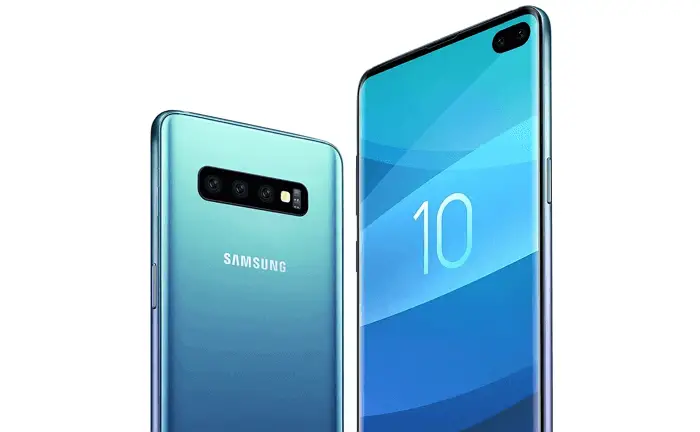
The latest of Samsung's flagship lineup, the Galaxy S10 Plus has 3 cameras on the back and two on the front. This set is "controlled" by a 12 megapixel main sensor, the same as in the older S9. It can switch between f / 1.5 and f / 2.4 shutters, depending on the lighting level at which the shooting is taking place. The updated stabilizer makes it easy to shoot in 4K at 60 FPS.
Its other two rear sensors are 16 megapixel ultra-wide, which is great for getting as many objects into the picture as possible, and 12 megapixel with 2x telezoom for getting closer to objects. Of course, it has many additional options, including the popular Live Focus today, which makes it easy to blur the background.
Honor View 20
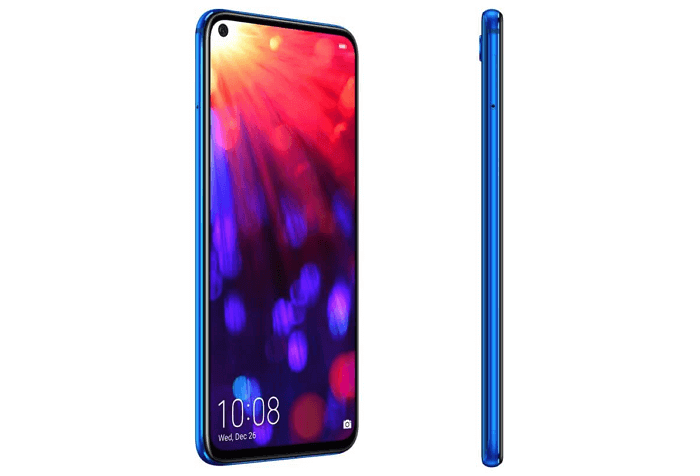
Honor burst into 2019 noisily with the launch of its new flagship, the View 20. The platform is packed with technical features such as a powerful 7nm Kirin 980 chipset and a colossal 4000mAh battery, complemented by its own SuperCharge fast charging technology (22.5W).
On the front, you'll see one of the first samples of a flat, non-cutout at the top of the screen. The View 20's screen-to-body screen doesn't need a camera cutout thanks to its 25MP front-facing lens housed within one of the display pixels.
Turn the phone over and we have the main 48-megapixel G20 sensor. The camera is set up by default to capture stunningly sharp 12-megapixel shots, but you can also capture the full pixel "volume" available. This allows artificial intelligence, which is able to process such frames with the clearest possible detail.
The model also has a secondary 3D ToF camera that can be used for photographing portraits or AR applications with augmented reality. In a word - an excellent phone, if you do not take into account the lack of wireless charging and IP rating (level of protection against environmental elements), but they say that there is still protection against splashes.
Huawei P20 Pro
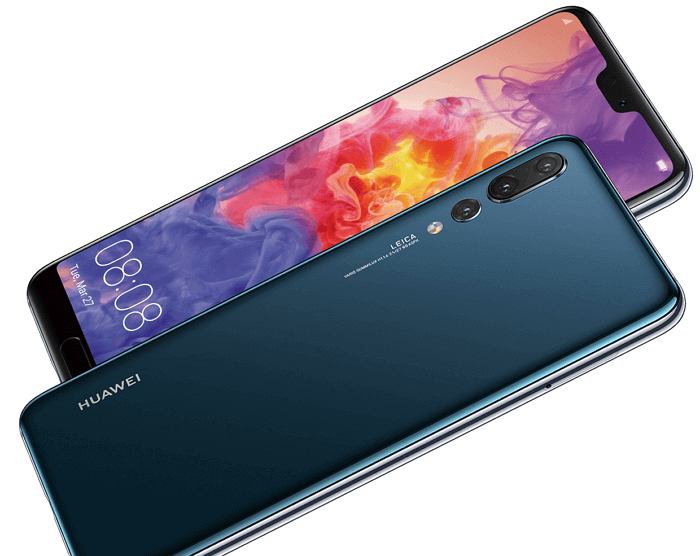
From last year until the Mate 20 Pro hit the scene, the Huawei P20 Pro was by far the best smartphone for photography. But even though it has been pushed off its pedestal, the device is still great.
Its versatile triple-camera set features a 5x hybrid zoom, a gorgeous HDR photo lens, an advanced low-light system and a host of modifications not found on any other model. Unfortunately, the model does not support wireless charging.
iPhone XR
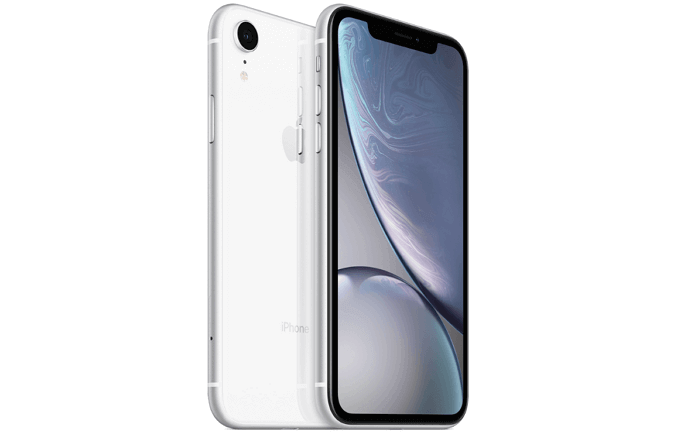
The “inexpensive” 2018 iPhone actually has the same components as the higher-end, premium segment, including a processor like the deluxe Apple A12 Bionic as well as its 12-megapixel camera. While the device lacks an advanced secondary sensor and thus sharper zoom like the S-models of the same year, it still competes well with them in every possible direction, from cleanliness to video recording.
Apple went even further and installed the portrait mode on the model, despite the fact that the XR has only one rear sensor, the images it receives make iOS fans make a difficult choice if they want to use the modification, but do not want to pay $ 1000. With Animoji, Memoji and Portrait Mode installed for the front camera, this model has earned its deserved popularity.
Pros include long battery life, excellent performance, and cons - no fast charging.
Samsung Galaxy Note 9
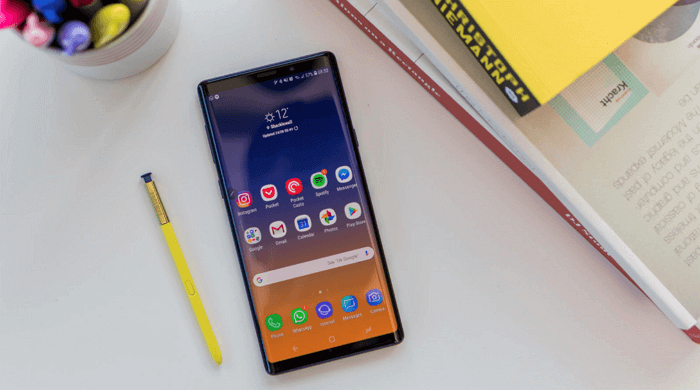
It keeps the battery all day with balanced use, has a fantastically wide screen without a cutout for the camera, a unique stylus and an Android OS with several proprietary chips.
Offering the user with the improved dual sensor set we saw on the Samsung Galaxy S9 Plus in the first half of 2018, the Note 9 also features 2x zoom with no loss of clarity, portrait mode, and a shutter that can automatically switch from f / 2.4 to f. /1.5 in low light.
Note takes natural shots in dark environments. What's more, you will find a variety of preset filters, a powerful editor and, thanks to the advanced Bluetooth technology, you can use the S Pen as a shutter remote control for shooting.
Xiaomi Mi 8 Pro
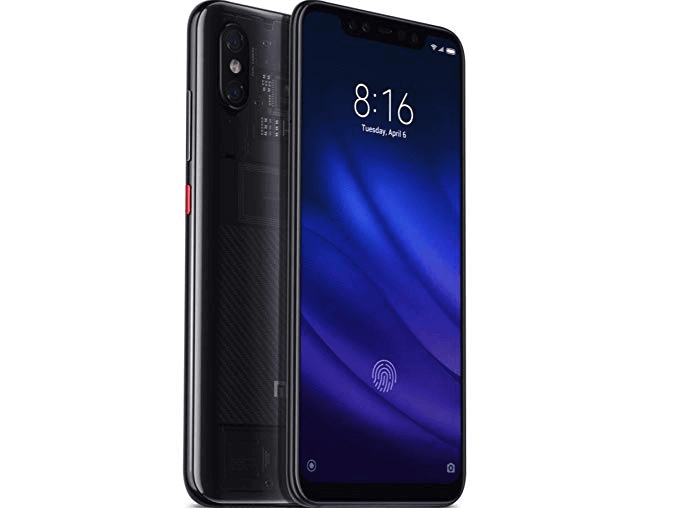
A relatively new player in global markets, the Chinese giant Xiaomi is making a splash with its flagship Mi 8 Pro. The smartphone is impressive not only in its appearance, but also takes stunning photos, much better than you would expect from a device at a price of 32,000 rubles.
This is another model with a 12 megapixel dual camera set and 2x zoom that works without loss of quality. AI recognition and image enhancement allows Mi 8 Pro to precisely focus on what you want to capture and, accordingly, improve the frame. It also captures action and delivers natural, stable images when you shoot in Full HD at 240fps or 4K at 30fps.
OnePlus 6T
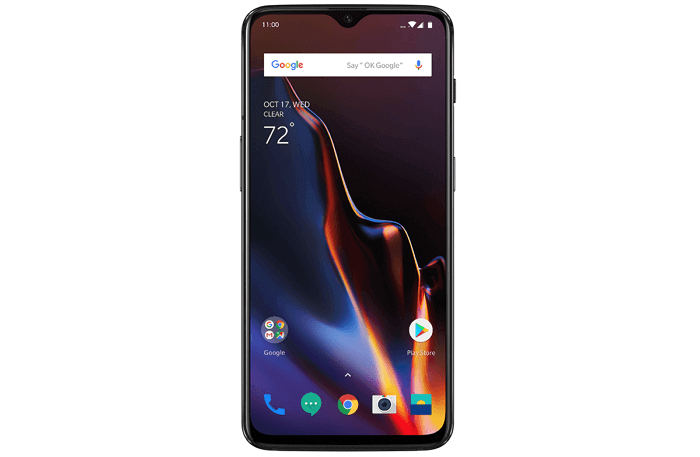
The OnePlus 6T may not be the best camera phone, but it's cheaper than the rest of the competition. OnePlus has increased the pixel size in the main sensor by 19% compared to the 5T version - now it is 1.22 microns, which allows you to take pictures much better in low light conditions.
The rear camera is equipped with a wide-angle lens paired with a 16MP sensor, as well as an additional 20MP lens with optical image stabilization and PDAF. Both lenses have an AF / 1.7 aperture. The software has also been improved with the addition of a new Nightscape long exposure mode. Selfies come out pretty good, especially in good lighting, and bokeh mode does a great job as well.
After a little tweaking of the settings, the phone is capable of delivering excellent HDR slow-motion footage at 480 FPS. It also has a good portrait mode, and the 16MP front-facing camera is located in a notch made with one of the most successful solutions.